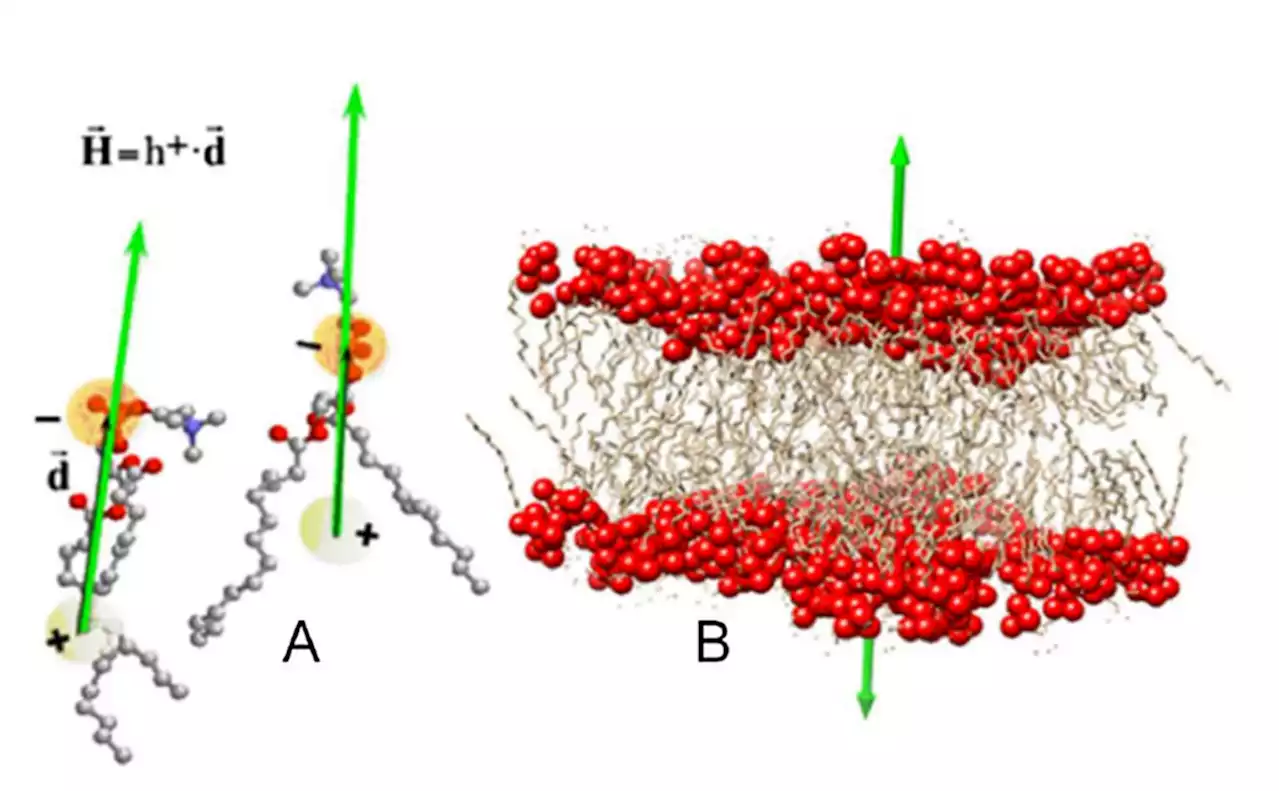Exciting a brain region using electrical noise stimulation can help improve mathematical learning in those who struggle with the subject, according to a new study.
Exciting a brain region using electrical noise stimulation can help improve mathematical learning in those who struggle with the subject, according to a new study from the Universities of Surrey and Oxford, Loughborough University, and Radboud University in The Netherlands.
Researchers found that electrical noise stimulation over the frontal part of the brain improved the mathematical ability of people whose brain was less excited before the application of stimulation. No improvement in mathematical scores was identified in those who had a high level of brain excitation during the initial assessment or in the placebo groups.
"Learning is key to everything we do in life -- from developing new skills, such as driving a car, to learning how to code. Our brains are constantly absorbing and acquiring new knowledge.
United States Latest News, United States Headlines
Similar News:You can also read news stories similar to this one that we have collected from other news sources.
 Firefighters respond to electrical fire in Walton CountyFire crews were called in after a neighbor reported heavy smoke and flames coming from the residence.
Firefighters respond to electrical fire in Walton CountyFire crews were called in after a neighbor reported heavy smoke and flames coming from the residence.
Read more »
 9 Most Exciting Sci-Fi Movies Still Coming In 2023 After Dune 2's DelayThere are still sci-fi films to get excited about.
9 Most Exciting Sci-Fi Movies Still Coming In 2023 After Dune 2's DelayThere are still sci-fi films to get excited about.
Read more »
 10 Exciting MCU Phase 4 & 5 Rumors That Turned Out Completely FalseSeveral recent MCU rumors failed to come true.
10 Exciting MCU Phase 4 & 5 Rumors That Turned Out Completely FalseSeveral recent MCU rumors failed to come true.
Read more »
 10 Most Exciting Things To Expect From The Ballad Of Songbirds & SnakesThe Hunger Games prequel is an exciting new story.
10 Most Exciting Things To Expect From The Ballad Of Songbirds & SnakesThe Hunger Games prequel is an exciting new story.
Read more »
![]() Google Confirms Powerful Pixel 8 Pro UpgradeNew documents published this week reveal exciting details on Google's new Android smartphones.
Google Confirms Powerful Pixel 8 Pro UpgradeNew documents published this week reveal exciting details on Google's new Android smartphones.
Read more »
 How hydrophobicity shapes protein assembliesThrough a nuanced balance of electrical and hydrophobic forces, biological molecules self-assemble into the large functional structures that maintain life's vital functions. Understanding how proteins self-assemble requires knowledge of both forces. But while predicting the electrical interactions of individual proteins is simple, deriving their hydrophobic ones is less straightforward.
How hydrophobicity shapes protein assembliesThrough a nuanced balance of electrical and hydrophobic forces, biological molecules self-assemble into the large functional structures that maintain life's vital functions. Understanding how proteins self-assemble requires knowledge of both forces. But while predicting the electrical interactions of individual proteins is simple, deriving their hydrophobic ones is less straightforward.
Read more »
